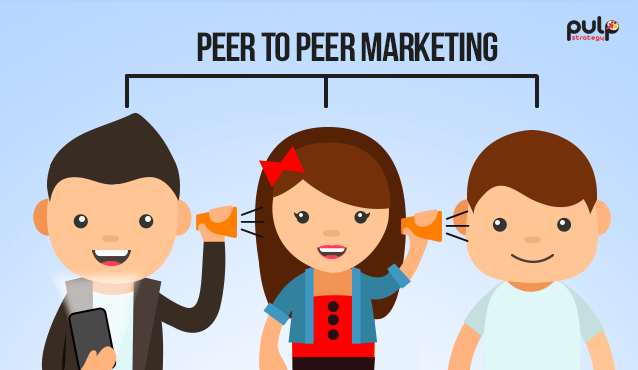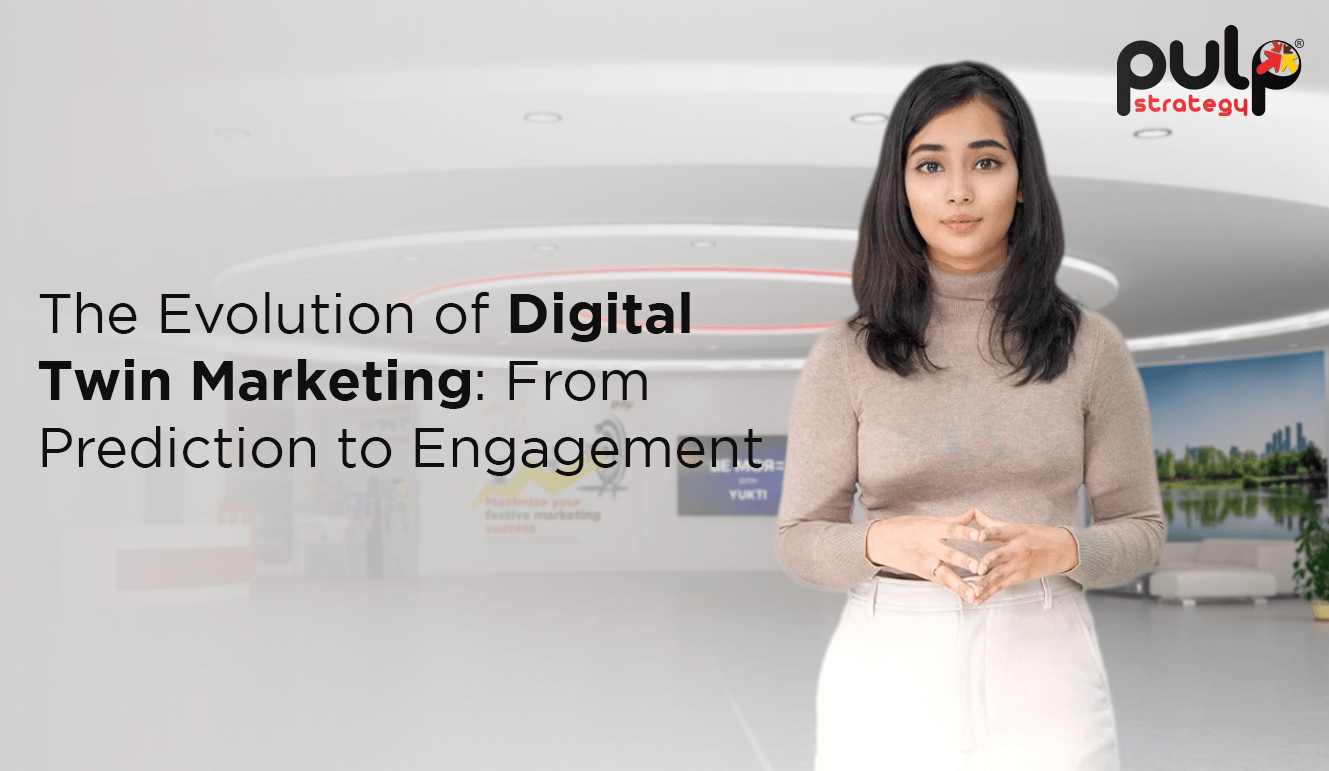Peer-to-peer marketing helps brands tap their users’ social networks to boost salience
The art of marketing in India is a challenge that is as baffling as it is exciting. Marketers can invest capital equal to the GDP of some countries into a complex marketing campaign that may fail to hit it off with the consumer base, while a simple campaign without frills and decorations may outdo expectations. In a country of over 1.25 billion people, it is never easy to predict what marketing strategy will be a hit with the masses.
With the information overload across all traditional and digital formats, a marketing campaign has to be really immersive to hold consumers’ attention.
This little grey area of doubt between traditional marketing and popular reception is where peer-to-peer marketing has established its niche and is looking to build upon its highly favourable reception.
What is peer-to-peer marketing, though? It is simply recruiting the consumers as a brand’s ambassadors to promote it amongst their social circles and affect consumer behaviour through peer valuation. Does it work? For such a simple marketing technique, the results are surprisingly very much in favour of the strategy.
A challenge that clicked
Indians have always been extremely traditional people, and word-of-mouth publicity is extremely important when choosing a product. Given the option between an award-winning product with several industry accreditations and its small-scale counterpart recommended to us by one of our friends, eight times out of ten we end up going for our friends’ recommendations.
All because the recommendation comes from someone whose opinion we put faith in. This particular mindset is what makes peer-to-peer marketing so invaluable in India.
P2P marketing not only helps in managing organisations’ operational marketing expenditure, but also ensures better consumer connect and much higher return-on-investment (ROI) at the same time. Additionally, innovative P2P marketing techniques can keep brands aeons ahead of their competition by interacting directly with the potential consumers and generating good quality leads that are extremely likely to engage with them.
P2P marketing generally targets young, campus-going crowds that have the widest social connect and wield the most influence amongst all demographics. The reason for this is quite simple; campus-going students are amongst the most willing participants. These young individuals are the product of a digital age, of lightning-fast connectivity and ever-growing digital outreach. They look for new, cool trends that they can be an active part of and share with their friend groups.
This enthusiastic, can-do attitude along with the fact that a major part of India’s population is young and always connected with its peer network through various mediums such as smartphones, tablets, and internet makes peer-to-peer marketing techniques a godsend to businesses operating in the Indian market segment.
Adding the fact that these new-age marketers would be the influencers and decision-makers of tomorrow, P2P marketing also adds great value to a brand’s future proposition.
Take, for example, the Ice Bucket Challenge that went viral throughout social media last year.
Incepted with minimal financial investment to raise awareness about amyotrophic lateral schelorsis (ALS), the trend became a global rage between July and August 2014 and even resulted in celebrities such as Chris Kennedy, Justin Bieber and LeBron James participating in it pro bono.
Talk about a marketing initiative!
Even India isn’t all that far behind when it comes to peer targeting.
The early birds in India
In a bid to establish their brand in the Indian taxi segment, both Uber and OlaCabs undertook aggressive P2P marketing techniques that saw the consumer himself being recruited as a marketer for the brands. The deal worked thus — for every person who joined from a user’s recommendation, the user would get some predetermined amount of app cash which could then be used to book a ride, while the person who joined up under the referral also got a similar freebie. While such techniques had been around for a while, these brands tweaked it a bit to appeal to the natural Indian inclination for free goodies. As a result, both Uber and OlaCabs greatly enhanced their market standing and service dissemination, establishing their brand dominance over other competitors.
Given its potential benefits and high feasibility quotient in the Indian marketing scenario, it is a wonder P2P marketing isn’t more extensively utilised. Most of the major businesses tend to stick to the traditional form of marketing, neglecting the myriad benefits P2P marketing offers over other forms.
The trend, however, has been picking up. Phillips India recently took P2P marketing a step further with its ‘Big Leap’ campaign. Meant to promote and seed-in their Male Grooming and Styling Appliances in the early adapter segment to build long-term brand association, the campaign empanelled marketing students from India’s top management institutes and engineering campuses to create an effective product marketing campaign. The initiative was a big success and sets an example of how to successfully leverage peer-to-peer connections.
With India’s marketing opportunities valued at $37 billion by the year 2020, businesses in India have to adapt to the ever-changing marketing scenario to optimise its resource utilisation. Peer-to-Peer marketing provides an extremely viable outlet that can let brands utilise their users’ social networks to increase their brand salience. Utilising the P2P connect to maximise one’s marketing potential thus isn’t just an alternative; it is increasingly becoming a hugely beneficial necessity.
First Published - The Hindu Business Line





